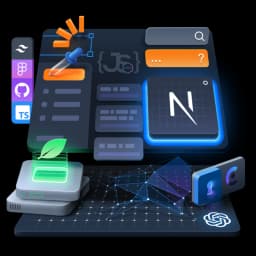Lifetime access to this course
API Routes vs Server Actions
The rest of this lesson is waiting.
Join JS Mastery Pro to unlock it.
The Ultimate Next.js 15 Course
$599
Buy the Course OnlyBuild advanced web app
Certificate of completion included
Great for focused learners who just want this course





Get Full Access
$149 /month
Lock in a year & save—2 months free!
Access to all courses
Quizzes, mini-challenges, AI summaries, inline sandboxes
Participation in a private community
Build real production-grade apps
Mock interviews & project reviews
Weekly live sessions & member-only access